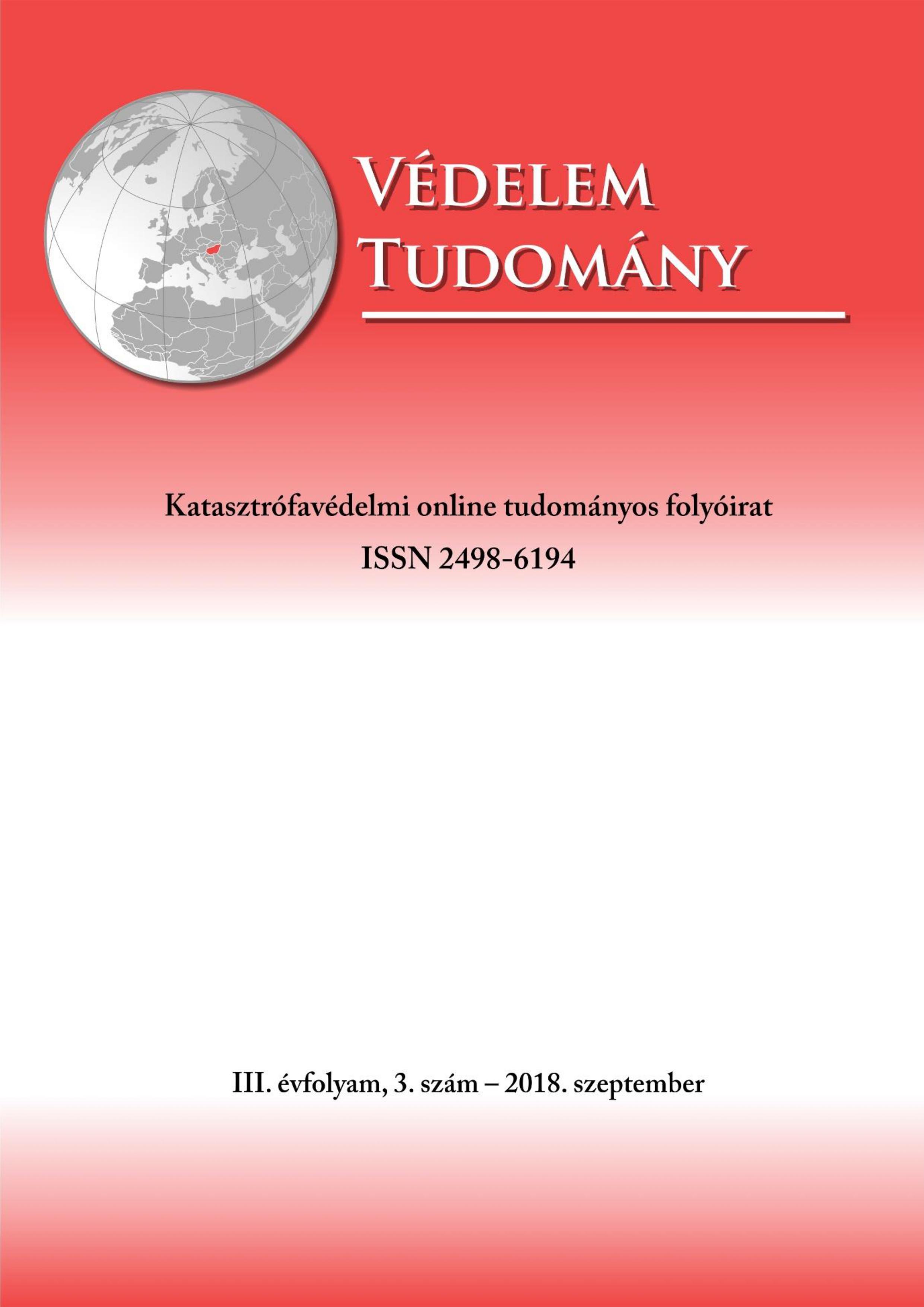Reliability of the active and passive systems II.
Aktívan alkalmazott passzív tűzvédelem
Abstract
Basic pillars of sustainable development, among others, are safety and health. Fire protection is one of the major area of the safety of buildings, which in a complex way, is an integral part of the life cycle of factory buildings. In almost every country of the world architectural fire protection is based on laws. We are aware of fire safety estimation methods, technical procedures, risk assessments in the science of fire protection, but they do not comprise the entire life cycle of a building in terms of building – human – fire triple interaction, nor take account of fire prevention, fire intervention, or fire investigation. On account of the non-complex fire protection become critical places and intervals in the life cycle of a building. In the part I. of the publication I analyze the implementation of complex fire protection across the full life cycle of buildings, with research active and passive fire protection systems. I introduce the possibilities based on the balance of fire protection situation which can be created by activly used passive systems. In the part II. of the publication I introduce the potential development opportunities lying in complex fire protection based on with BIM applications, algorithmic design methods created innovative engineering methods, and also in fire protection net which covers the entire life cycle of buildings, which enable us to realize a new, high-level long-term sustainable safety within smart city.
References
http://www.hoai.de/online/HOAI_2013/HOAI_2013.php (letöltés dátuma: 2018. április 28.)
Maliosz M.: Felhő alapú hálózatok, http://www.tmit.bme.hu/vitmma02-2015 (A letöltés dátuma: 2016. 03.18.)
Fritts M.: A BIM jövője, http://www.autodeskforum.hu/?p=2780 (A letöltés dátuma: 2016. 04. 30.)
Kerekes Zs.: Az építőanyagok új „Euroclass” szerinti tűzveszélyességi minősítése és hazai bevezetése, Tudományos Közlemények, Szent István Egyetem YMMFK 5:(1) pp. 47-57. (2008) Védelem Tudomány – III. évfolyam 3. szám, 2018. 09. hó 21
Szabó A., Beda L.: Modelltűz-választás valós méretű tűzoltási modellhez, Védelem Katasztrófavédelmi Szemle 21: (6) pp. 19-21.
Bérczi L.: A tűzvédelmi szervek felépítése, szervezete és feladatai Magyarországon, Védelem Tudomány, I. (2) 2016. pp. 3-18.
Bérczi L.: Structure, organization and duties of fire services in Hungary, Védelem Tudomány: Katasztrófavédelmi Online Tudományos Folyóirat I. (2) pp. 3-18. (2016)
Érces G. – Restás Á.: Importence and procedure of building life cycle assessment, Ecoterra: Journal of environmental research and protection 14:(2) pp. 2-9. (2017)
ábra: Innovatív mérnöki tűzvédelem (készítette a szerző)
Restás Á.: A tűzoltásvezetők döntései – elméleti szempontból, Védelem - Katasztrófa Tűz- és Polgári Védelmi Szemle 20: (3) pp. 5-10.
http://digitalismagyarorszag.kormany.hu/europai-digitalis-menetrend (A letöltés dátuma: 2017. 09.18.)
http://www.kormany.hu/download/0/05/50000/Ek%C3%B6zigazgat%C3%A1si_keretrendszer_koncepci%C3%B3.pdf (A letöltés dátuma: 2017. 09. 20.)
ábra: Smart Cities Council 6 alrendszere (készítette a szerző)
ábra: Tűzvédelem az okos életkörülmények tényezője (készítette a szerző)
http://okosvaros.lechnerkozpont.hu/hu (A letöltés dátuma: 2017. 09.30.)
Vass Gy., Kátai-Urbán L., Cséplő Z.: Iparbiztonsági mérnöki kompetenciák fejlesztése a hazai felsőoktatási képzésben Védelem Tudomány, III. (1) 2018. pp. 71-84.
Érces G.: Katasztrófavédelmi háló, Rendvédelem Tudományos Folyóirat (online), VII. 1. (2018), pp. 68-102.
Muhoray Á.: Katasztrófamegelőzés I. Nemzeti Közszolgálati Egyetem Szolgáltató Nonprofit Kft., pp.: 24-182. (2016)




